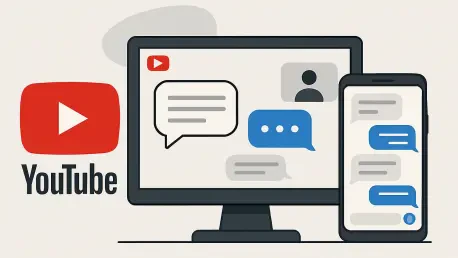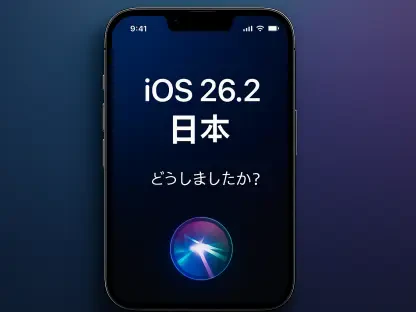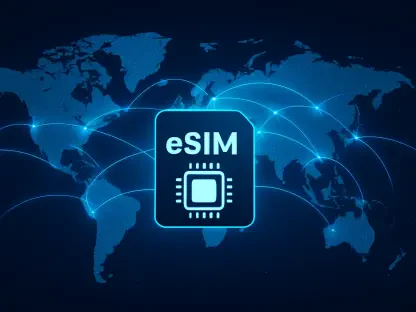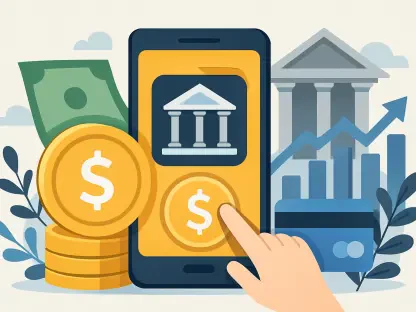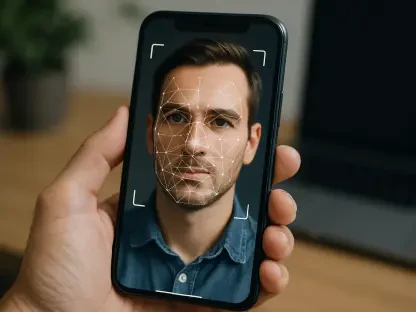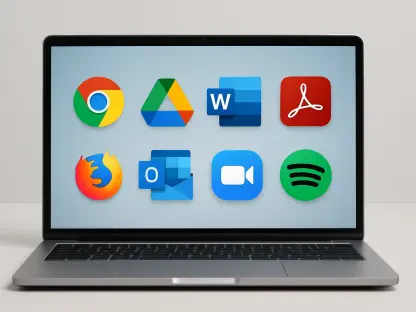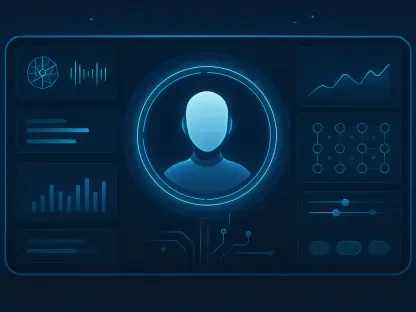Imagine a platform where watching a gripping video, sharing it with a friend, and diving into a private chat about it all happen without ever switching apps—YouTube is now testing this very concept with a new direct messaging feature in its mobile application. This pilot program allows users to send Shorts, live streams, or long-form content directly to others and engage in private conversations, all within the platform’s ecosystem. With a staggering user base of over 2 billion logged-in monthly users, YouTube aims to deepen engagement by making interactions seamless and keeping communication in-house. This move isn’t just about convenience; it’s a strategic effort to boost session times and improve content discovery, positioning the platform as a one-stop hub for both entertainment and connection. As social media giants continue to integrate messaging to retain users, YouTube’s latest experiment signals an ambition to redefine how its community interacts, setting the stage for a potential shift in the digital content landscape.
Why Direct Messaging Matters for YouTube
Enhancing User Engagement
YouTube’s introduction of in-app direct messaging is a calculated step to keep users immersed in the platform for longer stretches. By allowing private chats alongside video sharing without the need to jump to external apps, this feature fosters a stickier user experience. It’s designed to create continuous interaction loops, where a viewer might share a thought-provoking documentary or a funny Short and instantly discuss it with a friend, all within the same environment. This approach mirrors tactics used by other industry leaders who have successfully leveraged messaging to extend session durations. For YouTube, with its massive global audience, the potential to increase time spent on the app is significant. If successful, this could translate into higher ad exposure and stronger user loyalty, reinforcing the platform’s dominance in the video-sharing space. The focus here is clear: make every interaction count by removing friction and keeping the conversation flowing right where the content lives.
Beyond just retaining attention, this messaging feature also serves as a tool for content discovery, a critical aspect of user engagement. When users share videos privately, they’re not only connecting with others but also amplifying the reach of content that might otherwise go unnoticed. This organic spread can benefit both creators and viewers by surfacing niche or trending videos through personal recommendations rather than algorithmic feeds alone. YouTube likely sees this as a way to enhance the social fabric of the platform, turning passive watching into active dialogue. Unlike public comments, private chats offer a more intimate space for discussion, which could encourage users to engage more frequently and meaningfully. The pilot phase will be crucial in determining whether this added layer of interaction truly resonates with users or if it risks becoming just another underused feature in an already crowded app interface.
Following Social Media Trends
Integrating communication tools has become a standard expectation in today’s social media landscape, and YouTube is keenly aware of this shift. Platforms like Instagram, TikTok, and X have long used native messaging to keep users within their ecosystems, minimizing the need to switch to external services for conversations. YouTube, with its vast and diverse audience, recognizes the necessity of evolving in this direction to remain competitive. The direct messaging feature is not merely an add-on but a strategic alignment with modern user behavior, where seamless communication is as vital as content consumption itself. By adopting this trend, YouTube aims to meet the expectations of a generation accustomed to instant, integrated interactions, ensuring it doesn’t lag behind in a race where connectivity often defines platform success.
Moreover, this move reflects an understanding of how messaging can transform a platform’s role from a content repository to a dynamic social space. For YouTube, traditionally seen as a video-first environment, incorporating direct chats could blur the lines between entertainment and social networking. This evolution is particularly relevant as younger users increasingly seek platforms that offer multifaceted experiences—watching, sharing, and chatting all in one place. The challenge lies in balancing this new functionality with the core video-watching experience, ensuring that messaging enhances rather than distracts from the primary purpose. As the pilot rolls out in select regions, YouTube will likely monitor how this feature influences user retention compared to competitors, using the data to refine its approach before considering a global launch.
Safety and Control at the Core
Learning from Past Mistakes
YouTube’s earlier foray into private sharing met an untimely end due to rampant spam and inadequate moderation, leading to its discontinuation. This time around, the platform is taking a more cautious and informed approach with the reintroduction of direct messaging. The new design incorporates moderated chats to align with Community Guidelines, alongside user-controlled mechanisms such as opt-in permissions and easy blocking options. These safeguards are a direct response to previous shortcomings, aiming to prevent issues like unsolicited messages or abusive interactions that plagued the initial attempt. By prioritizing a safer environment for private exchanges, YouTube demonstrates a commitment to rebuilding trust in its communication tools, ensuring that users feel secure while engaging in personal conversations.
Additionally, this relaunch showcases a maturity in handling the complexities of user interaction on a massive scale. Past failures highlighted the pitfalls of rolling out features without robust protective measures, a lesson that appears to have been internalized. The current pilot restricts access to users over 18 in specific countries, allowing for controlled testing of these safety protocols. This limited scope provides an opportunity to observe real-world challenges, such as how effectively blocking tools deter harassment or whether moderation can keep pace with potential misuse. The emphasis on learning from history suggests that YouTube is not just innovating for the sake of novelty but striving to create a feature that genuinely adds value without repeating old errors. Success in this area could set a precedent for how other platforms approach similar relaunches.
Meeting Global Standards
With online safety under intense scrutiny worldwide, particularly in regions like the European Union where regulations demand transparency and user protection, YouTube’s direct messaging system is built to comply with such expectations. Unlike fully encrypted messaging services, this feature allows for reviewable content to enforce platform policies, striking a balance between privacy and accountability. This design choice reflects an awareness of the broader industry pressures to implement responsible communication tools amid growing concerns over misuse and data security. By aligning with stringent global standards, YouTube ensures that its new feature isn’t just a convenience but also a responsibly managed space for interaction, addressing both user and regulatory demands.
Furthermore, this focus on compliance underscores the platform’s intent to position itself as a leader in safe digital communication. In an era where data breaches and online harassment frequently make headlines, offering a messaging system with built-in oversight could differentiate YouTube from competitors who struggle with similar issues. The non-encrypted framework, while potentially less private, enables proactive monitoring to curb violations before they escalate, a critical factor in maintaining user confidence. As the pilot progresses in select markets, adherence to regional laws will likely be a key metric of success, influencing how the feature is adapted for wider release. This careful navigation of legal and ethical landscapes highlights a broader commitment to fostering a secure environment, even as connectivity takes center stage.
Benefits and Challenges for Users
Empowering Creators and Viewers
For creators on YouTube, the direct messaging feature promises to revolutionize how they connect with their audience and peers, offering a streamlined channel for communication right within the app. This means brainstorming collaborations with fellow YouTubers, receiving direct feedback from fans, or even hosting exclusive chats without relying on external platforms like Discord or Instagram. Such immediacy can strengthen relationships and foster a sense of community, potentially boosting a creator’s visibility and loyalty among followers. The ability to engage in real time, without the hassle of app-switching, could also inspire more spontaneous and authentic interactions, enriching the creative process for those who rely on YouTube as a primary platform.
Viewers, on the other hand, stand to gain a more fluid and engaging experience through this feature. Sharing a hilarious Short or diving into a discussion about a live stream becomes effortless, as conversations happen in the same space where content is consumed. This integration eliminates barriers, making interactions more spontaneous and relevant, whether it’s recommending a video to a friend or debating a tutorial’s tips. The result is a heightened sense of connection to both the content and the community, enhancing the overall enjoyment of the platform. For many users, this could transform YouTube from a passive viewing app into a more interactive social environment, where personal exchanges amplify the value of every video watched.
Addressing Potential Hurdles
Despite the exciting possibilities, the direct messaging feature faces significant challenges, particularly around managing spam and message overload, which could undermine its effectiveness if not addressed. Unchecked influxes of unwanted messages or notifications risk frustrating users, turning a promising tool into a nuisance. YouTube is countering this during the testing phase with measures like rate limits to control message frequency, trust signals to filter credible interactions, and adjustable notification settings to prevent overwhelm. These early interventions aim to maintain a balance where communication remains a benefit rather than a burden, though their real-world impact remains to be fully seen as the pilot unfolds.
Scalability presents another hurdle, as expanding this feature to a broader audience could strain existing safeguards and infrastructure. Questions linger about whether direct messaging will eventually support desktop access or group chats, and how such expansions might complicate moderation efforts. The current limited rollout to specific regions and age groups allows YouTube to gather critical feedback and iteratively refine the system before tackling larger-scale implementation. This methodical approach is essential for identifying weak points, such as potential loopholes for abuse or technical glitches under high user volumes. Addressing these issues now will be key to ensuring that the feature enhances rather than detracts from the core YouTube experience as it moves toward a wider release.
Reflecting on a Strategic Evolution
Looking back, YouTube’s cautious rollout of in-app direct messaging marked a pivotal moment in its journey to blend content consumption with social connectivity. The pilot program, with its emphasis on safety through moderated chats and user controls, addressed past missteps while aligning with global expectations for secure online spaces. Both creators and viewers benefited from streamlined interactions, though challenges like spam management required careful handling during testing. As feedback shaped the feature’s early iterations, YouTube’s focus remained on enhancing engagement without compromising its primary role as a video platform. Moving forward, the next steps involve analyzing pilot outcomes to refine scalability and functionality, potentially integrating broader features like desktop support. Close monitoring of user experiences and adherence to safety standards will be crucial in determining whether this tool becomes a permanent fixture, ultimately guiding YouTube toward a future where connection and content coexist seamlessly.
